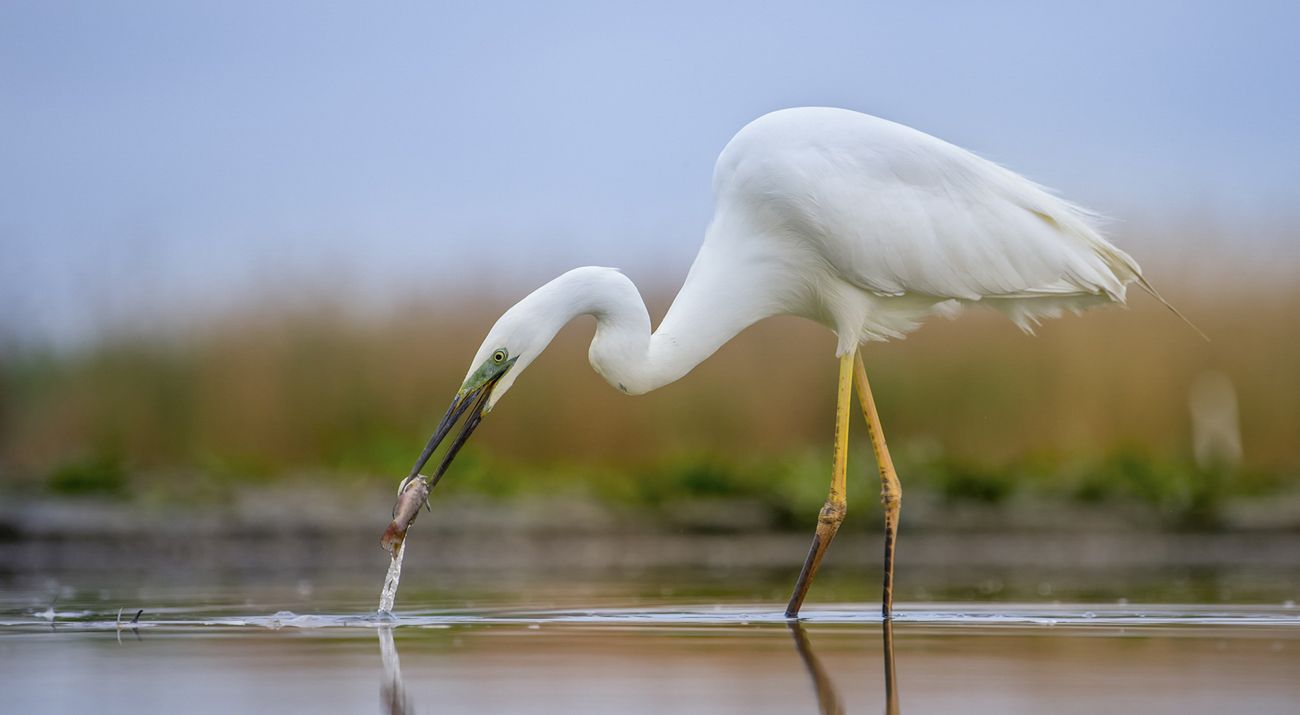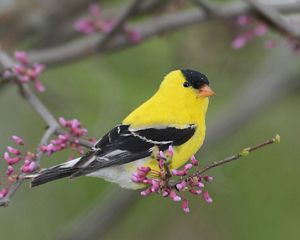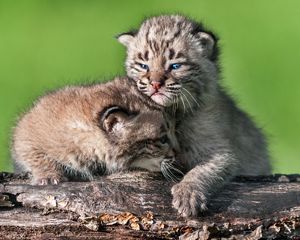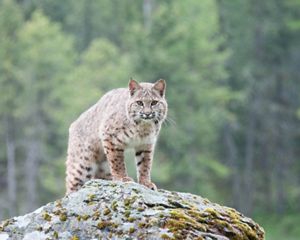Birds of New Jersey
Did you know there are over 480 species of birds found in New Jersey? Get to know common species near you.
Just like the weather, the bird species you'll see in New Jersey change with the seasons. Learn more about some of the birds you can see and hear at different times of the year in our state.
Spring
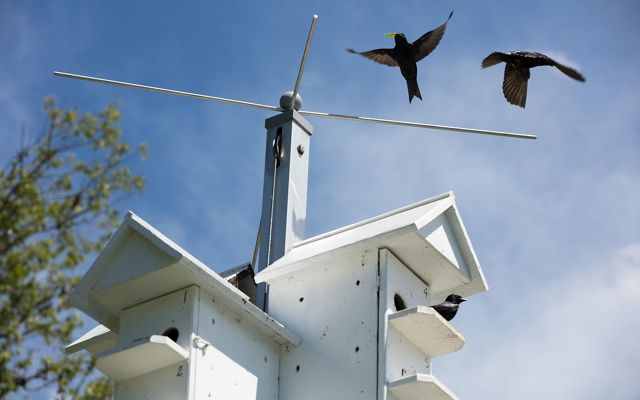
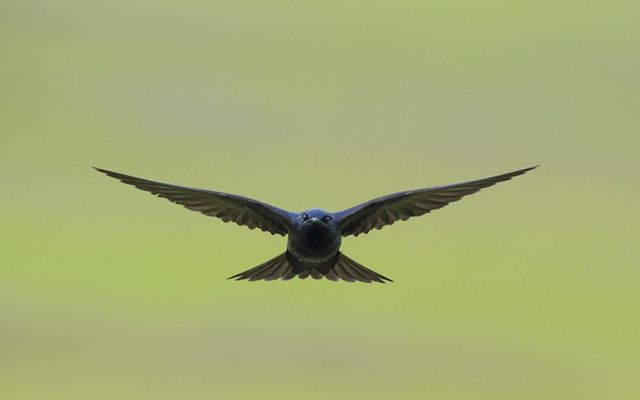
Purple Martin
Purple Martin
Purple Martin song.
Purple Martin song.
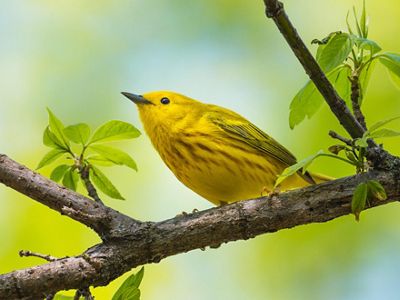
Yellow Warbler
Yellow Warbler
Yellow Warbler song.
Yellow Warbler song.
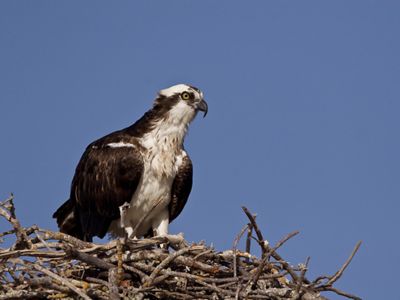
Osprey
Osprey
Osprey call.
Osprey call.

Stay connected for the latest news from nature.
Get global conservation stories, news and local opportunities near you. Check out a sample Nature News email.
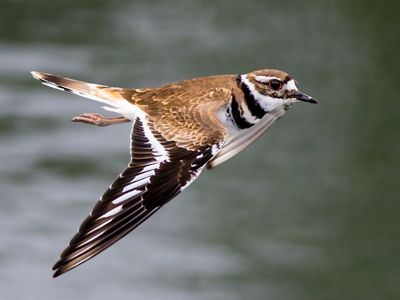
Killdeer
Killdeer
Killdeer call.
Killdeer call.
Summer
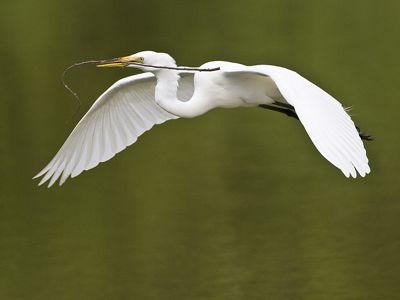
Great Egret
Great Egret
Great Egret Call.
Great Egret Call.

Common Yellowthroat
Common Yellowthroat
Common Yellowthroat song.
Common Yellowthroat song.
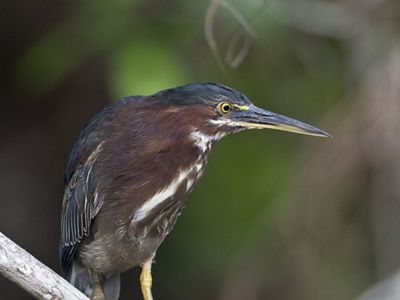
Green Heron
Green Heron
Green Heron call.
Green Heron call.
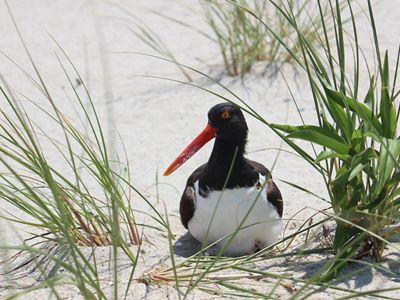
American Oystercatcher
American Oystercatcher
American Oystercatcher call.
American Oystercatcher call.
Autumn
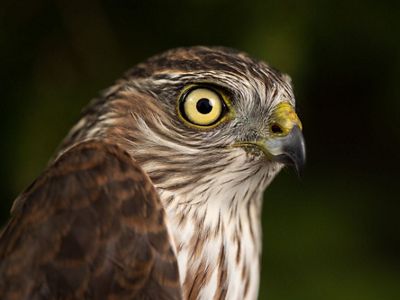
Sharp-shinned Hawk
These tiny hawks are extremely acrobatic fliers, navigating through thick woods at top speed in pursuit of their prey. Sharp-shinned hawks are nearly identical to Cooper's hawks. One way to tell them apart is by looking at their tail feathers: Sharp-shinned hawks have straight tail feather tips, and Cooper's have curved tail feather tips. Hint Hint: Straight starts with S, sharp-shinned hawk starts with S. Curved starts with C, Cooper's hawk starts with C.
Sharp-shinned Hawk
Sharp-shinned hawk call.
Sharp-shinned hawk call.
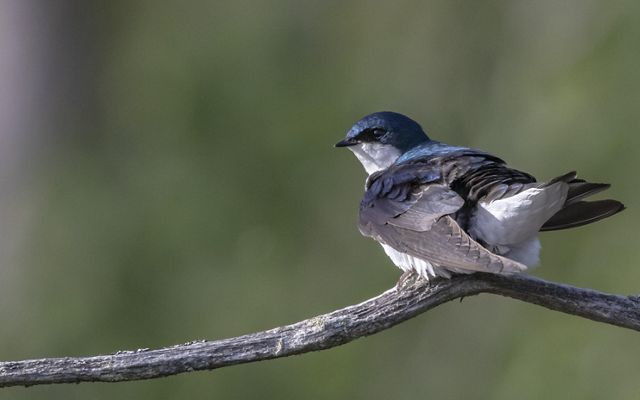
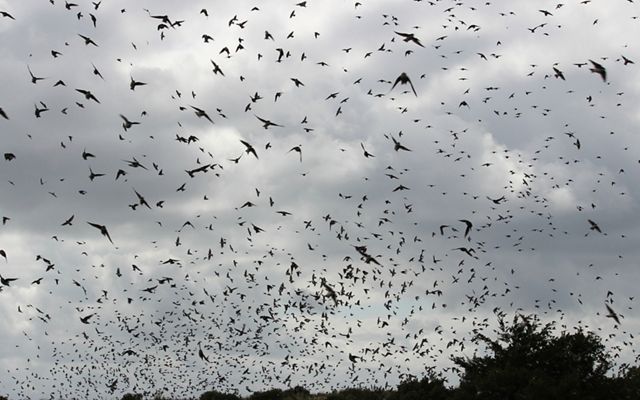
Tree Swallow
After breeding season, these iridescent blue songbirds start their migration south. Migration numbers peak in New Jersey come early autumn. Enormous flocks numbering in the hundreds or thousands of tree swallows can be seen gathering about an hour before sunset, swirling around like a massive tornado.
Tree Swallow
Tree swallow song.
Tree swallow song.
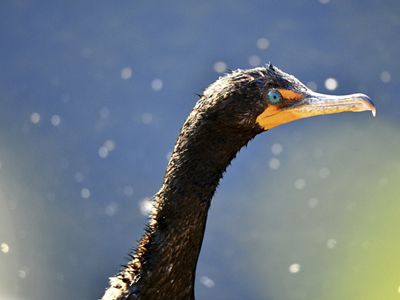
Double-crested Cormorant
Double-crested Cormorant
Double-crested Cormorant call.
Double-crested Cormorant call.
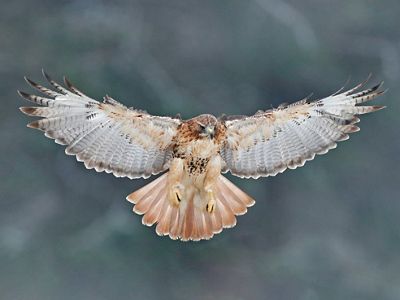
Red-tailed Hawk
Red-tailed Hawk
Red-tailed Hawk call.
Red-tailed Hawk call.
Winter
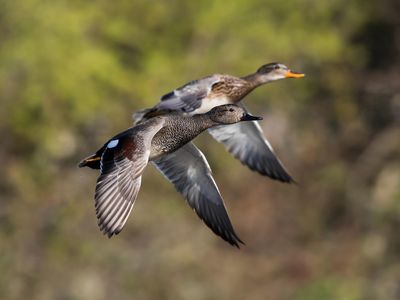
Gadwall
Gadwall
Gadwall call.
Gadwall call.
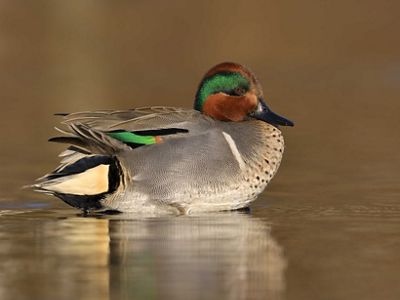
Green-winged Teal
Green-winged Teal Female
Green-winged Teal Female call.
Green-winged Teal Female call.
Green-winged Teal Male
Green-winged Teal Male call.
Green-winged Teal Male,

White-throated Sparrow
White-throated sparrows are a common sight during New Jersey winters. After wrapping up its breeding season in Canada, this species makes its way to most of eastern and southern North America to overwinter. During winter, you’ll find white-throated sparrows along the edges of thickets, weedy fields, suburbs, backyards, and even city parks.
White-throated Sparrow
White-throated Sparrow call.
White-throated Sparrow call.
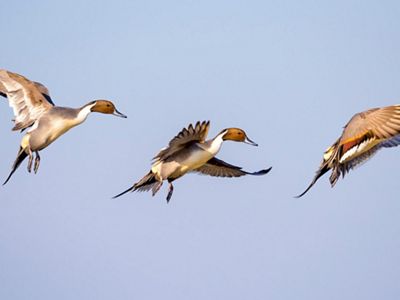
Northern Pintail
Northern Pintail
Northern pintail call.
Northern pintail call.
Year-Round
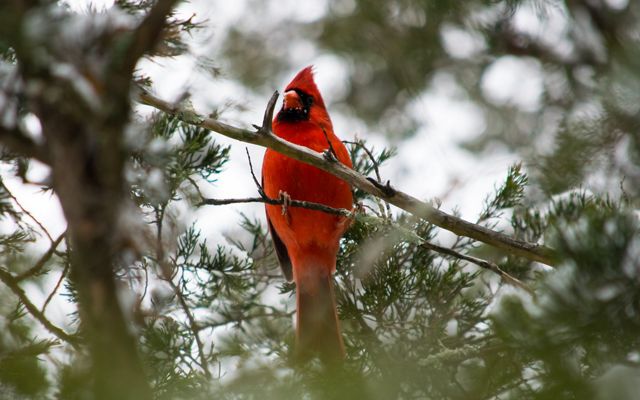
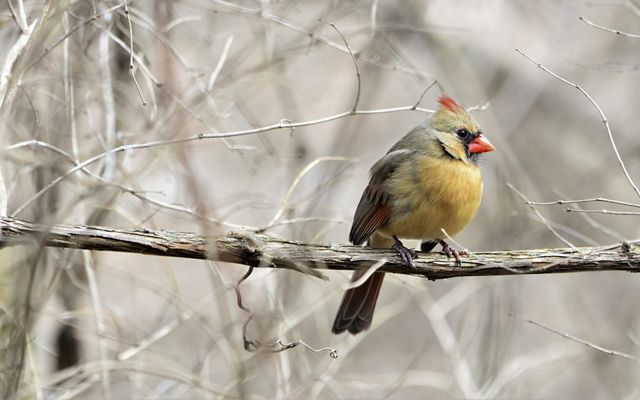
Northern Cardinal
Northern Cardinal
Northern Cardinal song.
Northern Cardinal song.
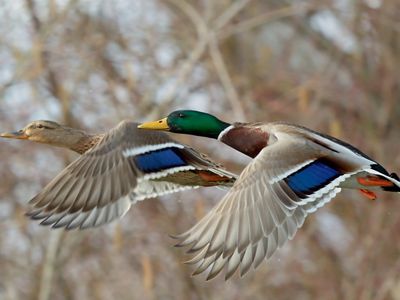
Mallard
Mallards are a familiar sight in New Jersey. The male's green head, yellow bill, and brown and black body make it one of the easiest identifiable birds. Mallards can live in almost any wetland habitat, artificial or natural. Look for them in ponds, lakes, or even suburban parks. Male mallards don't quack. The female's call is the "standard" duck sound.
Mallard Call
Mallard call.
Mallard call.
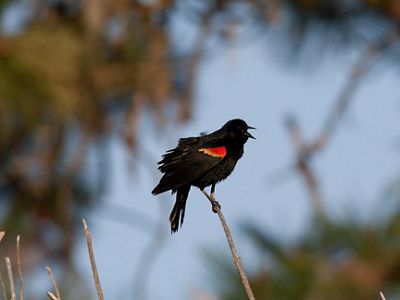
Red-winged Blackbird
These ground foraging songbirds can usually be seen sitting atop cattails and telephone wires. Males are glossy black with red and yellow shoulder patches, while females are brown with pale streaks. The males are fiercely territorial.
Red-winged Blackbird
Red-winged blackbird song.
Red-winged blackbird song.
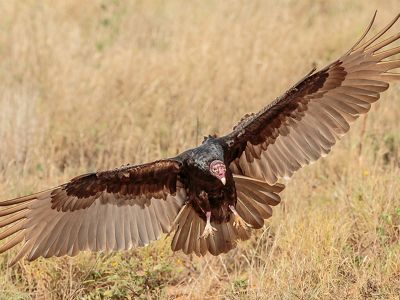
Turkey Vulture
Turkey Vulture
Turkey vulture call.
Turkey vulture call.
Put Your Skills to the Test!
Our preserves throughout the state provide much-needed habitat for a wide variety of wildlife. Now that you've learned about the appearance, habitats, and calls of these common bird species, test your knowledge at one of our New Jersey preserves!
Support Our Work in New Jersey!
Help us protect these lands and waters so that generations to come of people and wildlife can enjoy them and benefit from the clean water, air and habitats.
